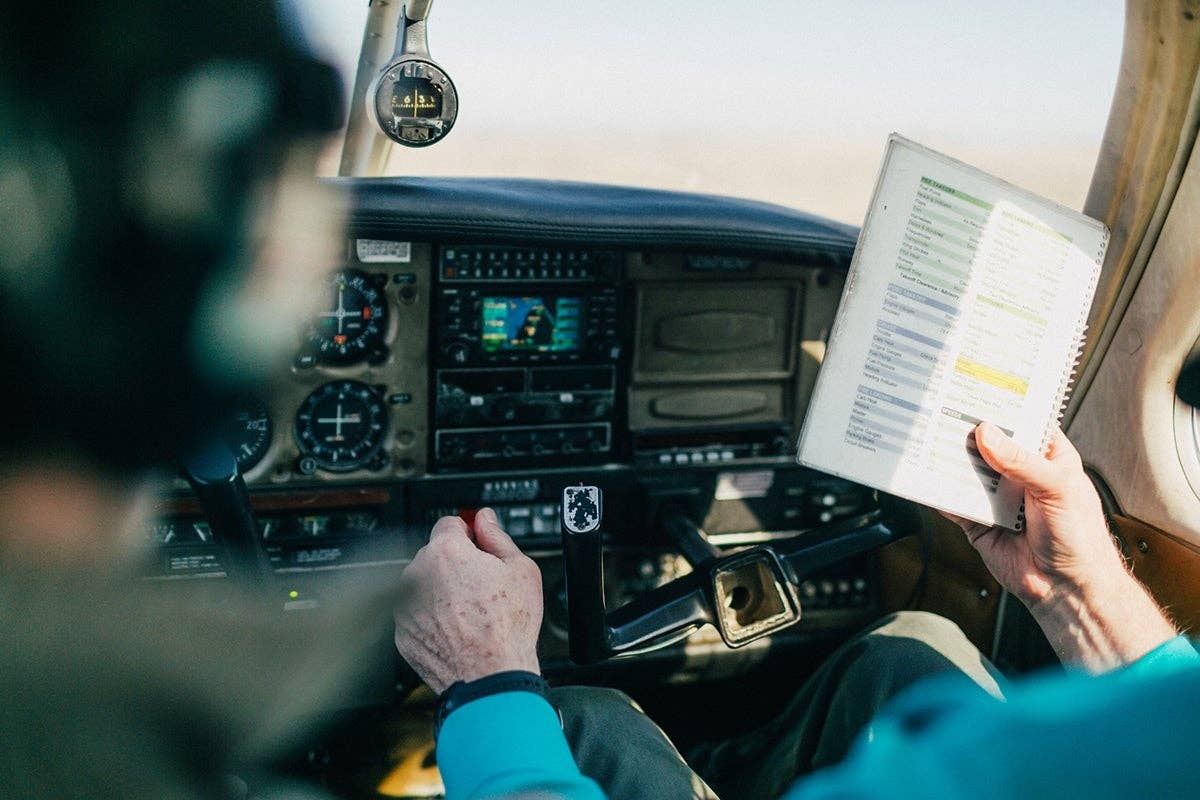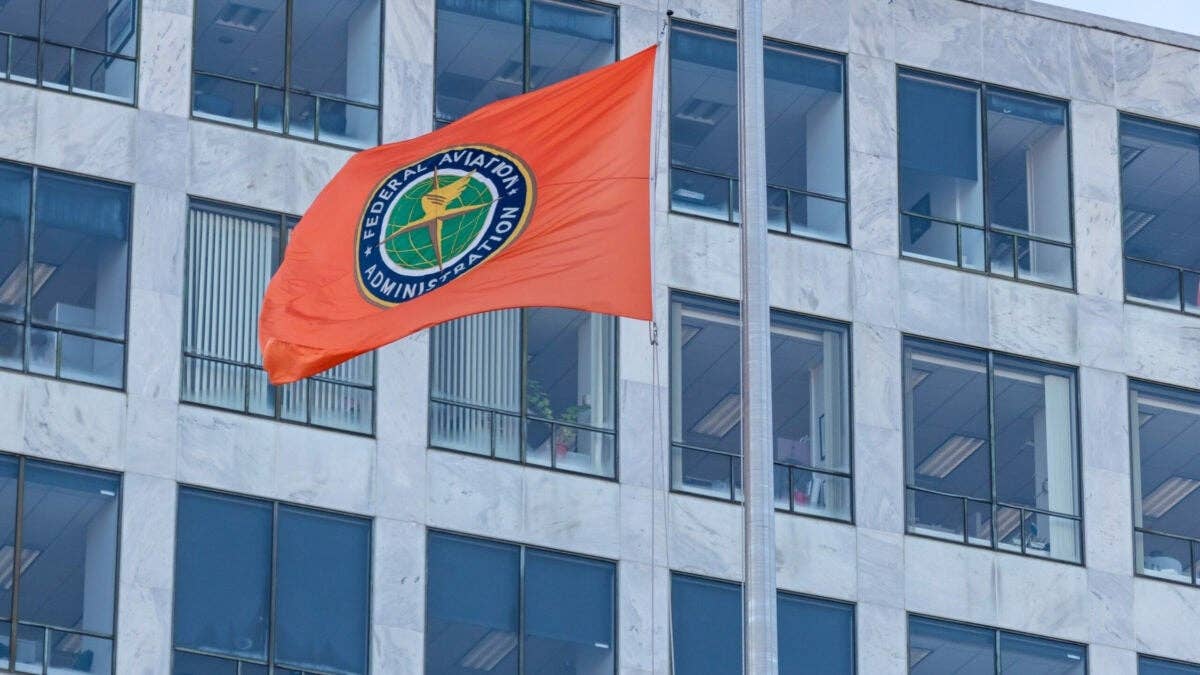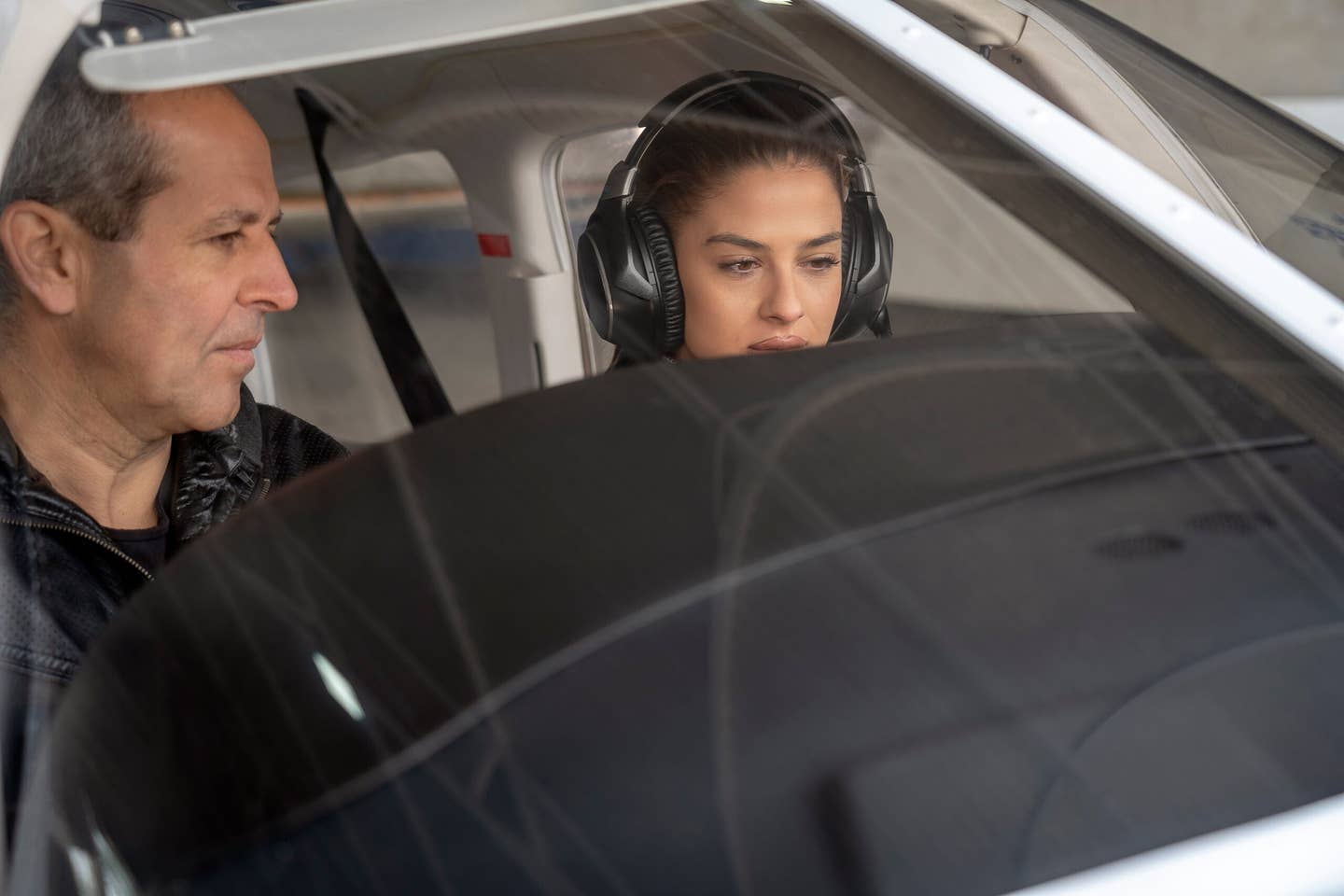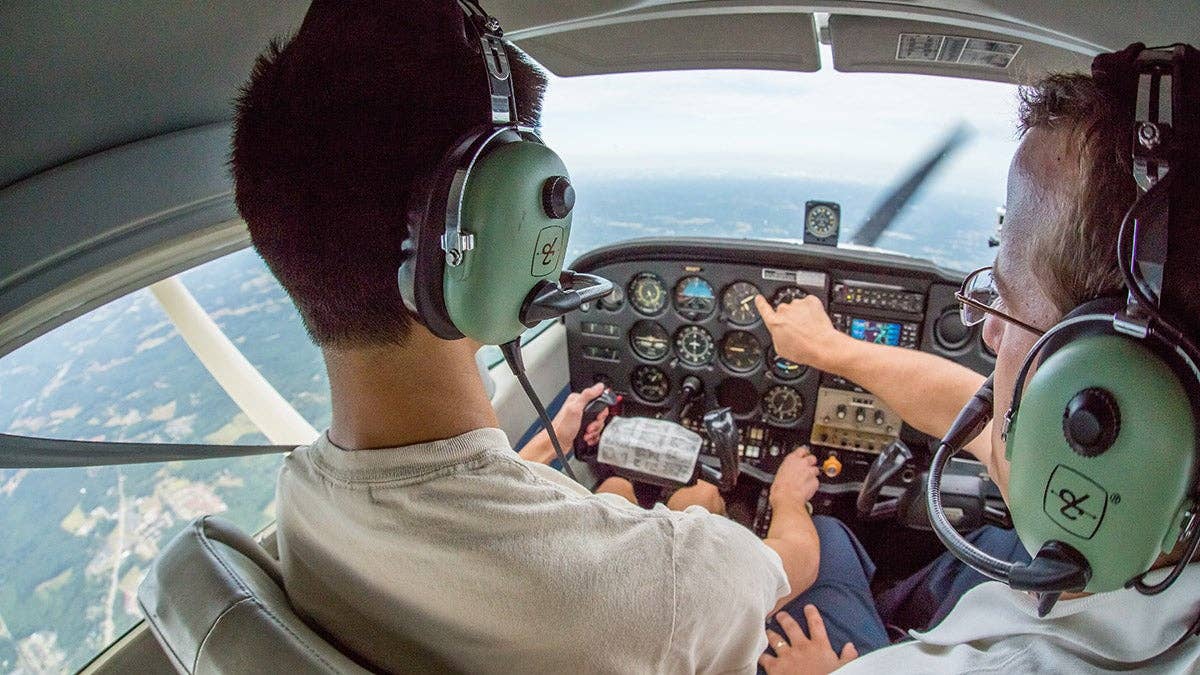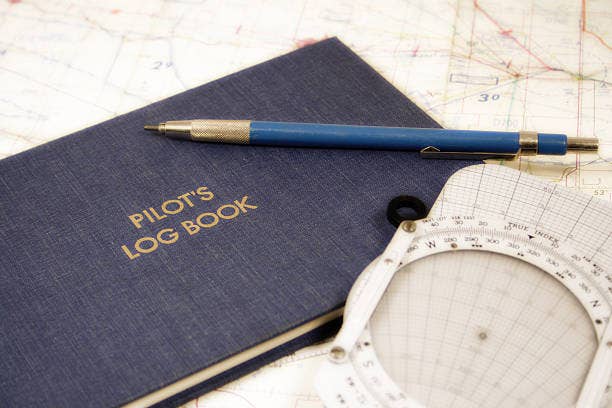
iStock Photo
In the spring of 1944, Col. Don Blakeslee wanted P-51 Mustangs for his Fourth Fighter Group in England. But it would take weeks to transition the pilots from their huge radial-engine P-47 Thunderbolts into the sleek V-12-powered Mustangs. Blakeslee promised to have his pilots in combat within 24 hours of receiving the Mustangs - and he did. A few years ago, I asked him about that brash promise, and he brushed it off, saying an airplane is an airplane and if you can fly one fighter you can fly another. He actually had me believing I could have done it, too; one reason he was such a good leader.
But that was wartime, when exceptional risks were ordinary. And Blakeslee didn't have to convince an insurance company, just a commanding general. For today's pilots, the more complex an aircraft, the more training is required — initial and recurrent. Even with less complex aircraft, insurance companies can mandate far more initial and recurrent training than the FARs spell out. And when it comes to improving our safety record, that's a good thing.
Any turbine-powered aircraft will have factory-authorized training, either in-house or through a training partner, and the program will be well established. Pilots follow along with the curriculum, and there is no such thing as superfluous information. Anything and everything in the book could become relevant in a big hurry someday, so there's no excuse for not having recent exposure to every known procedure and pitfall.
But if factory-approved training is not in the manufacturer's shopping cart, more of the responsibility lies with the pilot. Some type clubs offer excellent programs, such as the American Bonanza Society's Bonanza Pilot Proficiency Program (BPPP). Moving up the ladder a bit, some established training providers such as SimCom do have type-specific programs for light twins such as the Beech Baron, but the range of skill levels among pilots makes it hard to establish a standard curriculum. While one pilot might be weak on stick and rudder skills, another might need more focus on instrument flying procedures.
For many pilots, the best available strategy is to locate a trusted instructor with significant experience in the type of aircraft involved. And even then, avionics can be a game changer — especially autopilots. It can take a while for instructor and pilot to establish the rapport needed to maximize the training hours flown. But once you do, the end result can be satisfying and fun at the same time, as you build proficiency and expand your flying skills.
Call to action: If you have any tips of your own you'd like to share, or have any questions about flying technique you'd like answered, send me a note at enewsletter@flyingmagazine.com. We'd love to hear from you.

Sign-up for newsletters & special offers!
Get the latest FLYING stories & special offers delivered directly to your inbox

